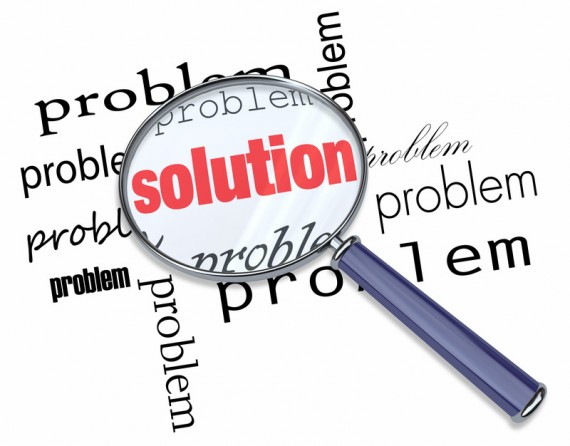“Your ability to solve problems and make good decisions is the true measure of your skill as a leader.” (Brian Tracy)
In all areas of life, whether it be at home or at work, problems arise. To become a better leader both in your personal and professional life, you must learn to solve problems and make decisions. The challenge is making a “better” decision when you don’t necessarily have all of the facts, so a “better” process must be used to make decisions. Over the years, I have discovered a “better” way to solve problems and make decisions. This is a 3-step process that I use to problem solve.
Ask Questions First
Experience has proven that the person who asks questions first approaches the problem better than the person who asks no questions. There are six basic questions to ask: Who, What, When, Where, Why, and How? The answers to these questions provide you with a good foundation for dealing with a problem. Don’t move forward without having clearly answered at least four of these questions.
Classify Your Problems
Problems come in all shapes and sizes. You will have less trouble making decisions if don’t consider all problems as being alike. Learn to classify them by answering the following questions.
- Is the problem one you should decide or can others handle it? If someone else can handle the problem, let them.
- Is this a New Problem or and Old Problem? This can shave potentially wasted time off of the process.
- Is it a Problem That Must Be Solved Now? It is always best to take time to deliberate before reaching a decision on a problem. However sometimes an immediate decision is necessary. If this is the case, take some time to clearly understand the problem before making a decision.
- Is it a People Problem? If it is a people problem, never make a decision until you hear both sides. Try to be objective. If your decision involves people always “count to ten” before you decide.
Develop a Systematic Approach
If you don’t have a systematic approach for problem solving, develop one. Below is a checklist that you can use.
- List all of the Symptoms- What are the signs that you have a problem? Get any questions or evidence out into the open.
- Determine the Real Problem- Do this after you have gathered as many of the symptoms and complaints as you can.
- Gather the Facts- Once you have identified the real problem, go on a fact-finding hunt.
- Define Your Expectations- Ask yourself, “What do I gain by solving this problem?”
- Temper Your Expectations with the Facts- Keep the vision in mind, but take a look at the facts again. Are you being realistic?
- Contemplate Various Solutions- Comparing expectations with the facts will bring alternate solutions to mind. Write all solutions down. Then by the process of elimination come to your first choice, your second choice, and perhaps a third.
- Consider what you are going to do with Your Solution- Your decision must be converted into action.
- Assess the Results of the Decision- Once a decision has been reached plan to evaluate its results periodically.
I know these steps seem a bit overwhelming right now. But if you follow them you will discover that they are time savers. It may take you a while to get into the habit of using these steps, but once you do, you will fly through them precisely and effortlessly.
Remember the goal is not to always make the “best” decision to solve the problem, it is to make a “better” decision based on a better process. Being able to solve problems will help you become a better leader. Those following you will have confidence in your ability to solve problems and they will be able to have respect for you and your decisions.
How can you use this problem-solving process today? Is there a problem or decision that you need to address?
Interested in learning more about entrepreneurship, check out the Real Estate Workshop in September!



